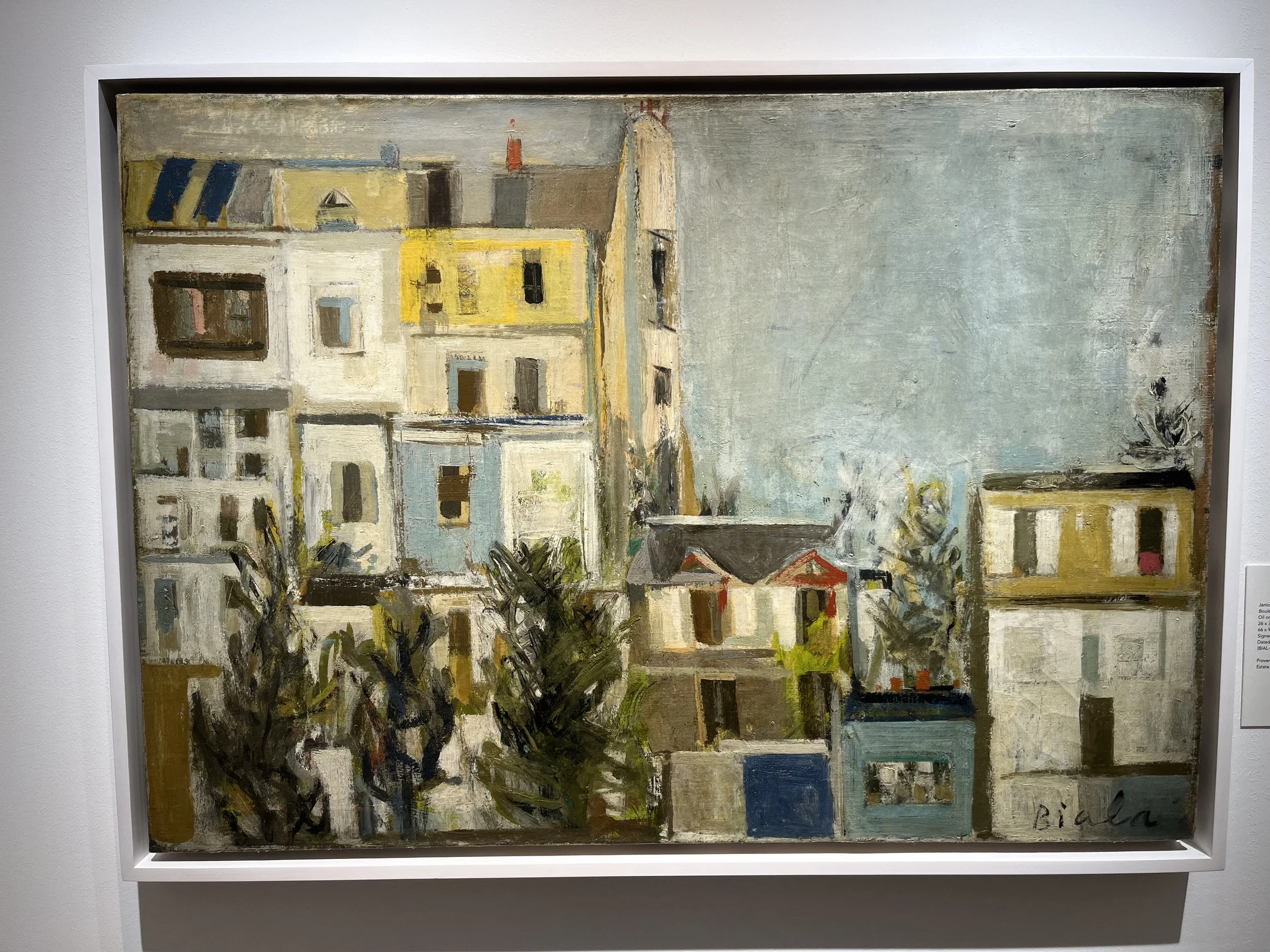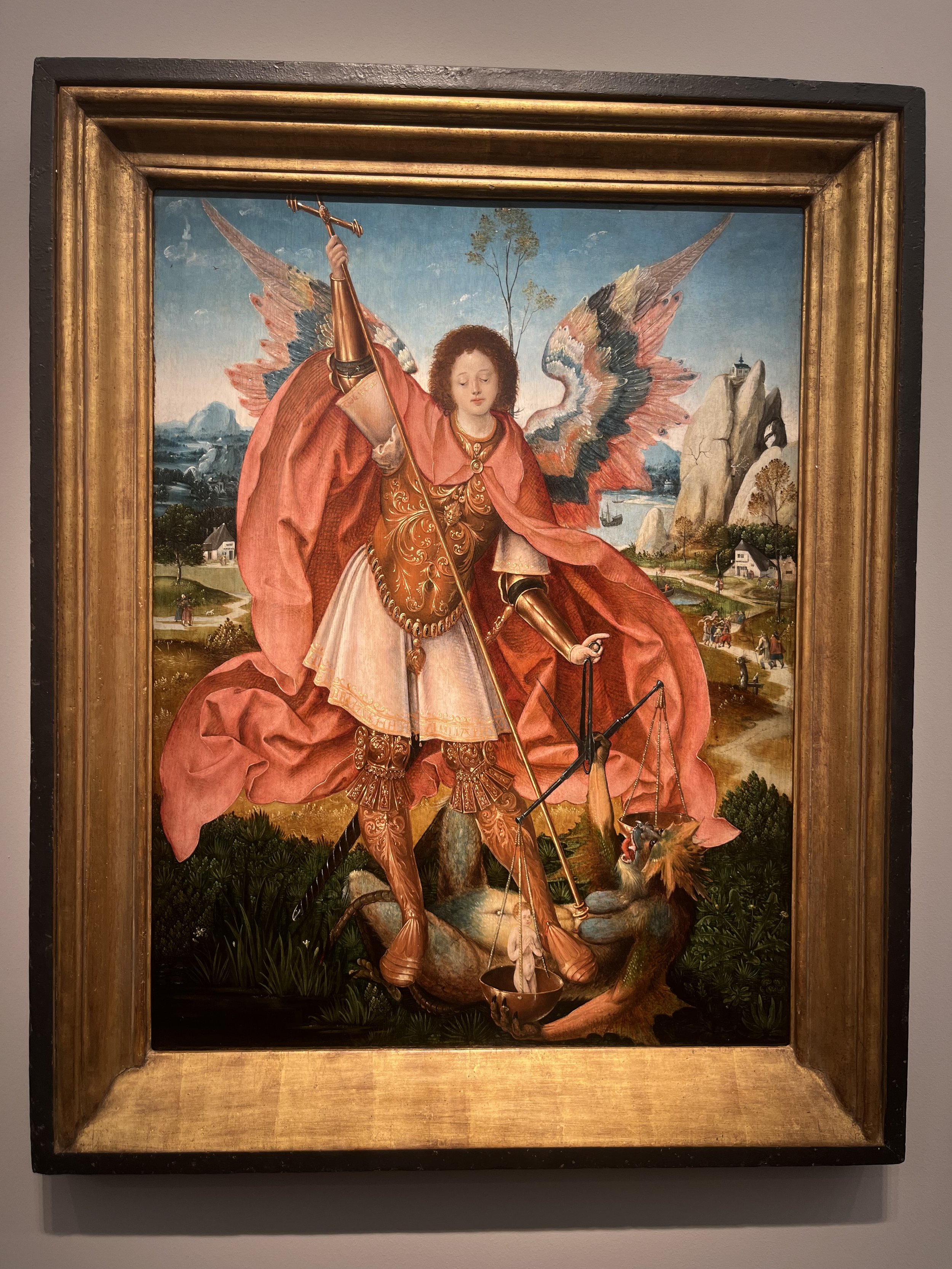The Chuck London Frieze Report
Monday, November 10 2025
Reported from London by Dylan Kaposi:
I couldn’t sleep because I was looking at art. I was looking at art because I couldn’t sleep.
Lying awake through Sunday night combing through mounds of posts, press releases, and publicity until there was nothing left, felt like some kind of beautiful pain that I had to endure. Morning came before I was done.
My week started as it usually does: waking up on a Monday morning in my own bed, warmed by the heat from my own body under the sheets, my face cold against the autumnal air. The previous evening’s nightmares, the cruel voices that terrorise my unconscious, crept out the window and I forgot all about them.
To my right was a Camel Blue and an unopened glass San Pellegrino. This was going to be a good week.
Monday felt like a day where the engines started to purr and the pressure in the atmosphere went through the roof. I had my own gallery’s business to attend to. After that the fun could begin.
London, like many metropolises, is unquantifiable. Just when you think you’ve summarised the infinite, a new mutation, a new neighbourhood or restaurant, culture or worldview, risesfrom obscurity and leaves you wondering once more.
Frieze in London seems, to me, to be the flagship. It’s a hotbed for Europe’s biggest freaks and interlopers from further afield who flock to the big smoke like lambs to the slaughter. Critics say the London art scene is on the way out. Some say it’s down and out already, but the people, they keep on coming.
The abiding feature of 2025: it wasn’t London’s artists who were on display, though there were many to see, it was London’s art scene. Despite all the questions levelled at it, Frieze—and all the surrounding noise—stood firm.
That’s a tale as old as time and the reasons are too multifarious to begin to explain, this isn’t a sociology class. Sitting in the al fresco space at the Gail’s coffee tent in Frieze masters I smoked a cigarette while watching a family move through time. The father, though he should have been a grandfather, was a moustached German in a military style suit who sat ashing his cigarette into an empty coffee cup. His two daughters, both dressed in boots and double-breasted woollen coats clambered over the benches and coffee tables while his wife sat with pouted lips staring at the light of her phone. She asked her husband, in English, “When were you last in London?”
“Last Frieze, what other reason is there anymore?”
So, despite all the questions levelled at it, Frieze—and all the surrounding noise—held fast even if the rest of London wavers.
Minor Attractions opened on Tuesday at the Mandrake Hotel in Fitzrovia, the off-Frieze fair running for its third year and home to those attractions which are, unfortunately, minor. I do find it impressive how seventy galleries can pack themselves into a small Fitzrovia hotel and yet there be almost no good art whatsoever.
At one point, over a negroni in the bar, my friend turned to me. Pulling the deep red glass away from his lips he stated his lingering question, “Are you having a good time?”
We both knew what he meant by that. There was sorrow deep behind his eyes, somewhere in his soul.
“I’ll wait for Frieze tomorrow,” he said, taking a big last sip and waving the barman over once more, with a gentle flick of the wrist and a devilish smile, “before I make any assertions.”
But biding until tomorrow was not an empty platitude, because the next day I saw him scampering through Regents Park at noon, Wayfarers to cover the eyes and Hogans on his feet, making haste towards Frieze Masters. Who am I to judge, I was doing the same thing!
Entering Frieze Masters is like stepping into an aqua-therapy pool that matches your body temperature. It’s entirely enveloping but earnestly unintrusive, and the ambient noise is somewhat reassuring.
So, as I scrambled through the Masters tent, I felt obliged to find a few things that would cut through the clutter of weird 19th-century English paintings, grotesque silverware, and disinterested European gallerists on their MacBook’s who sighed as though you were inconveniencing their entire extended family every time you asked a sincere question. I was leaving the Gail’s coffee tent with my steaming black filter when something caught my eye. It was not Leo DiCaprio in an inconspicuous black baseball cap and a maskaround his chin, but something even more impressive. Citrine and lime green colours wept down the panel, smearing the silver, chrome, petrol blue and grey-purple ground of the panel in brash green dribbles. A small Richter sitting amongstan otherwise entirely Japanese roster of artists at Shibunkaku Gallery.
After there had been one, the fun started coming. Just like London busses.
Hockney print.
An array of Roman glassware displayed with dainty flowers.
A beautiful Mollie Faustman portrait of a girl in a black dressat Colnaghi.
Anjou Dodiya’s installation in the studio section, at Vadehra Art Gallery. Her largescale works adopted a visual language that was new, striking, and unsettling.
Outside of Frieze there were other shows worth seeing too. My personal highlights included Gunpowder and Abstraction 2015–2025 at White Cube, Cai Guo-Qiang’s first show in London since before I knew what art was and – on an institutional front – Peter Doig’s House of Music at the Serpentine. Given the mass of bodies, the mound of backpacks, and the hunt for Ruinart, the Serpenetine’s opening on the Thursday before Frieze week was a suitably inconvenient occasion to see any of Doig’s largescale panels. I’ll have to go back on another evening when there’s another DJ playing. More music: more art.
Half-dead and fully beaten I dragged myself twice to Frieze London once on Thursday and again with my mother on Sunday. I left my soul in bed before heading back to Regents Park.
“You have the jitters my darling,” my mother remarked on Sunday morning.
“Oh, do I? I hadn’t noticed”
She ran the back of her hand against my cheek – the instinct of an eastern European mother. She’s a tough woman to please, and I was concerned that most of the art on display would make her weep for the death of craftsmanship. I had a plan. Gareth Cadwallader’s Egg (2018) had caught my eye at Josh Lilley. It reminded me of prime Isabel Quintanilla yet slightly more fanciful, as though it was letting go of the realism while showing you that it could have done so had it wanted to.
My mother smiled. “Now this… this is not bad.”
As we were leaving, the sun starting to tuck behind the terraces, turning the yellow trees golden in the sheer light, I bumped into a friend smoking a cigarette.
“I think I’ve seen enough,”
“Paris next week?”
Just like music, the art never stops.






